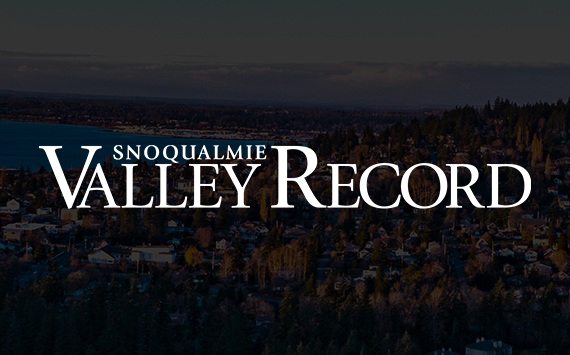Voters may determine the future of the Snoqualmie Valley School District’s semester-old Freshman Campus, when they decide on a future bond issue. Before that can happen, though, at least two school board members would like a say on the possibilities, and one has called for a frank board discussion on the topic.
“I think one of the fundamental differences in philosophy that we need to discuss is this idea of the freshman campus,” board member Dan Popp said during the board’s Feb. 27 bond discussion. He felt board members differed in opinion and perspective on the long-term success of the freshman campus, and the need to bring the freshmen back onto the main campus, adding, “I struggle to envision how, … we would be able to accomodate that program, if we’re rushing to bring them back on campus after phase 1 (of a proposed construction project), when phase 1 at this point, after all the discussions we’ve had, is a single building in the middle of the parking lot.”
The project under discussion is an eight-year remodel of Mount Si High School, which would ultimately create a 2,100-student facility where the 1,200-capacity school now stands. Phase 1, estimated to be complete in the fall of 2018, would include a new building in the parking lot, with parking underneath, and give the facility a total capacity of 1,900.
Popp noted that at completion, phase 1 wouldn’t allow the growing numbers of freshmen, (this year’s class is 470) to return to the main campus, let alone allow them the same isolation they currently have, with separate gyms, separate cafeterias, and so on.
“It’s part of the disagreement we have on this board around what the solution is…,” he said. “We will likely not get to a consensus and not get to an agreement on Option A, as it is, until that element is addressed. That is a key element. It is for me, it is for Marci (Busby)… and until we resolve that, we can’t move forward with Option A.”
“It’s not just my issue,” he added. “It’s an issue we’re hearing from the community around the support of the freshman campus.”
What prompted Popp’s statements was the board’s continuing discussion of Option A, the $216 million bond proposal that includes the high school remodel, a sixth elementary school, and maintenance on other school buildings districtwide. For the discussion, each board member was asked to assign a level of urgency to various elements of the bond, which included the elementary school, the need for a new middle school, repairs to district facilities and infrastructure, repairs to the high school infrastructure including flood-and earthquake precautions, and improvements to the high school’s program capacity.
Board members were unanimous that a new elementary school was one of the most urgent elements, and all but Busby agreed that the middle school capacity was most urgent (Busby ranked it moderately urgent). The discussion broke down on the topic of districtwide infrastructure needs, after Board President Geoff Doy commented that he viewed all of the needs through the lens of an Option A bond.
“If it’s another solution that isn’t (Option A), then we’re looking at a significant bond in the 2020s,” he said. He was reluctant to delay any high school and infrastructure improvements that long, saying “I think it conflicts with our vision. If we’ve got the same high school in 2025… I don’t think we’re the best school district by any measure.”
According to the board’s newly adopted strategic plan, the district’s vision is “To become the best school district in Washington state by any measure.”
Popp argued that he could look at the elements of the bond independently, and as a result, he might conclude that Option A is not the solution urgently needed.
“I think the infrastructure needs are only moderately urgent… but that’s the challenge with that, if we’re looking at it in terms of a timeline.… We have to evaluate all these elements.… If, in my case, infrastructure needs are only moderately urgent, then I guess one could conclude it lessens the urgency of Option A… If it’s not urgent, then maybe Option A isn’t the right solution.”
Doy pointed out that the district has been working on an Option A proposal since last May, and was clearly opposed to “starting all over again” on discussions. Also, he said, “We’re taking options off the table because we’re taking so long to make a decision.”
The discussion ended with agreement from the board to consider a community phone survey, to gauge public response to the current bond proposal, and other possibilities. They directed Superintendent Joel Aune to schedule a work session with the survey organizer on or before the next school board meeting, March 13.


